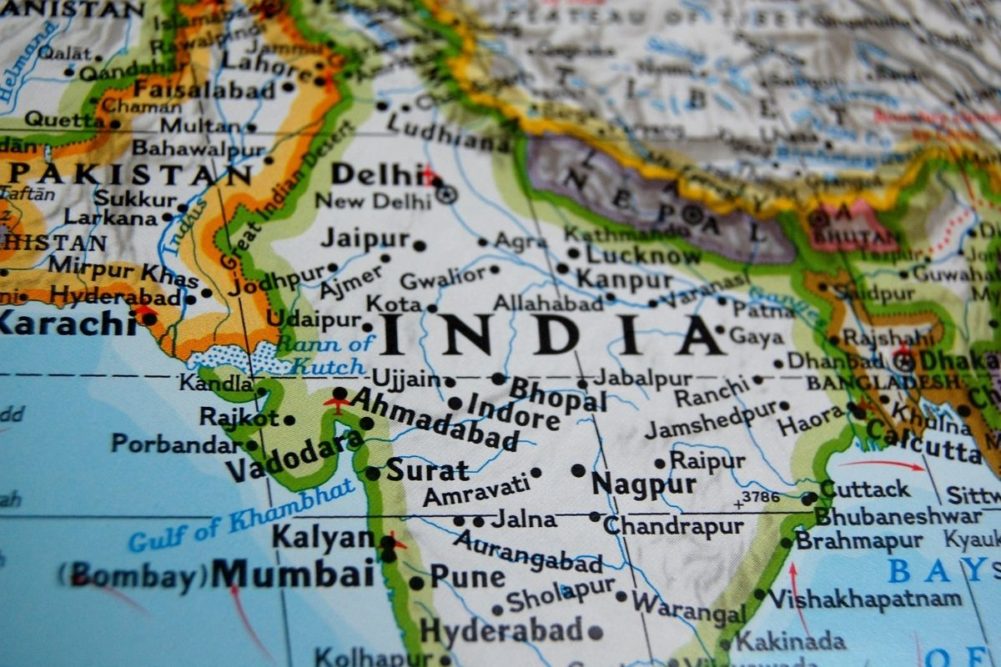NEW DELHI, INDIA – India’s Directorate General of Foreign Trade announced a ban on most wheat exports from the country on May 14. The announcement was expected to push global prices higher.
Wheat may only be shipped from the country for two reasons — where there is an arrangement involving an irrevocable letter of credit that was issued before the date of the ban and with permission granted by the government of India to other countries to meet their food security needs.
The Indian government on May 4 revised its wheat production forecast lower to 105 million tonnes for the 2022-23 marketing year as a heatwave damaged the crop during final stages of maturation. With the smaller crop expected, the government said it is considering restricting wheat exports. Earlier this year, the country projected a record crop of 111 million tonnes, which would have been the seventh straight year of record output. India is the world’s second largest wheat producer trailing only China.
The global wheat supply has been declining due to the war between Russia and Ukraine, which account for nearly one-third of global wheat exports, as well as lower output projected due to weather in places like the United States and India.
The US Department of Agriculture estimated that global wheat ending stocks will fall to 278 million tonnes in 2021-22, the lowest level since 2016-17.
While the decision to restrict wheat exports may help curb domestic prices and assure an adequate supply for its people, it could damage India’s reputation as a reliable supplier for the global market. In April, government officials had announced plans to export a record 10 million tonnes of wheat in 2022-23.
Just a week ago, India said it planned to send trade delegations to potential wheat-importing countries to discuss trade.






